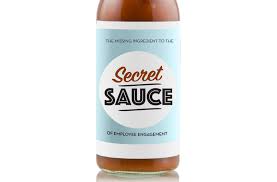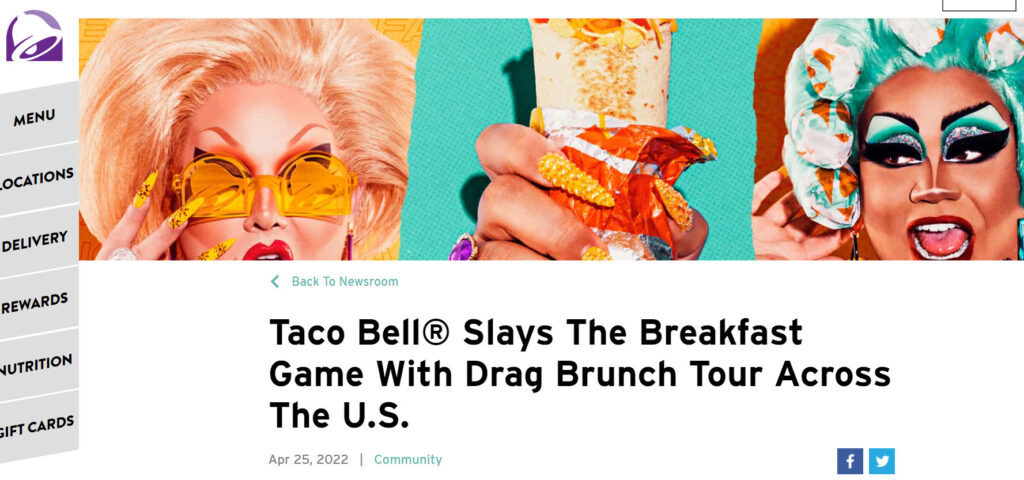Brand Roots.
 A brand strategy is only as strong as its roots. I’m in the roots business. With roots in place, it is then up to the CEO, CMO, director of marketing and brand managers to do the cultivation work. Otherwise, a brand strategy is a piece of paper and a bunch of words contribution to the pantheon of marko-babble — no more important than a shareholder letter, an about section on the web, or ad in a charity program.
A brand strategy is only as strong as its roots. I’m in the roots business. With roots in place, it is then up to the CEO, CMO, director of marketing and brand managers to do the cultivation work. Otherwise, a brand strategy is a piece of paper and a bunch of words contribution to the pantheon of marko-babble — no more important than a shareholder letter, an about section on the web, or ad in a charity program.
Roots are where growth comes from. And I’m not talking about sales growth, I’m talking about strategy and tactical growth. You see, tactics today comprise 85% of marketing budgets. Check your marketing budget. And tactics are what we measure for sales effectiveness. But tactics sans brand strategy (the organizing principle for product, experience and messaging) do not grow into healthy trees. When a brand strategy is managed well, everyone at a company is looking for ways to prove the strategy.
When working at McCann-Erickson NY on AT&T, I sent a brand idea to our CEO John Dooner. It was an idea for a demonstration of “refreshment,” the Coke brand idea. It may have been one of the most brazen things I had ever done. I didn’t send an idea to do more advertising, I sent an idea to support the brand claim.
Coke had great roots. People knew how to feed them.
Peace.









